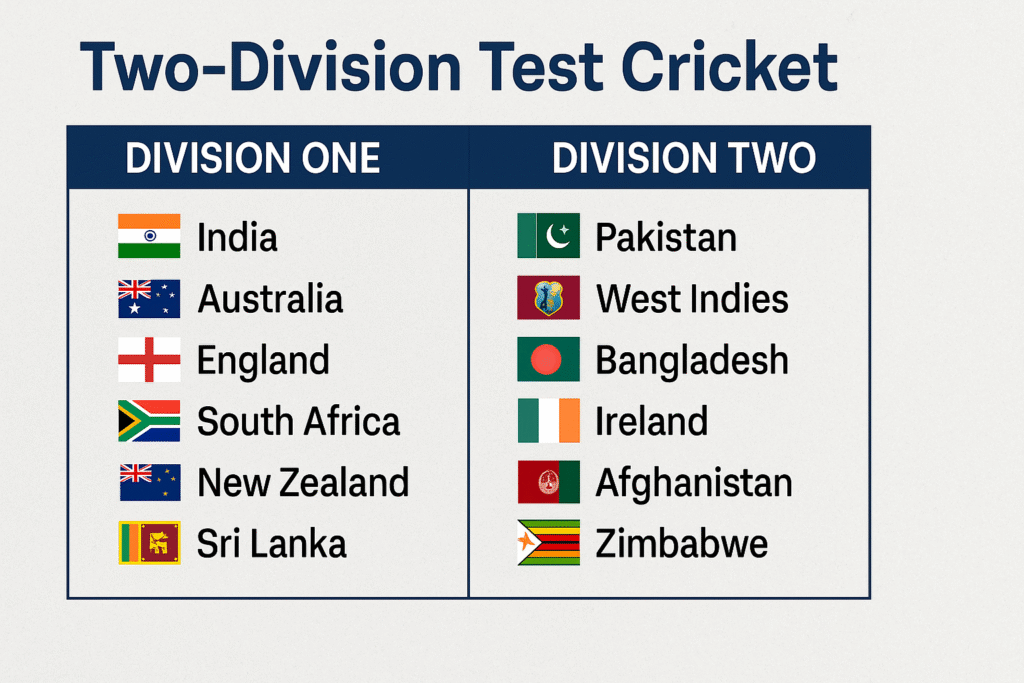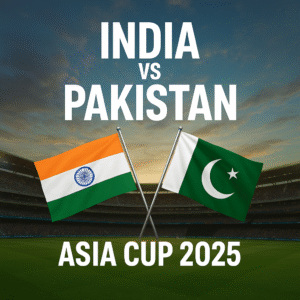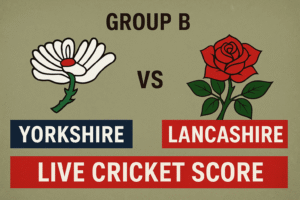ICC Proposes Two-Division Test Cricket Structure for WTC 2027–29

Two-Division Test Cricket
Introduction
Remarkably, the International Cricket Council (ICC) has proposed a Two-Division Test Cricket system for the 2027-29 World Test Championship (W Championship) cycle. This is an attempt to address some of the problems like providing a systematic hierarchy in international Test cricket
increasing marquee matches, enhanced competition, automated and structural fixes to competing imbalance, among other structural issues. It has received a fair amount of recognition and critique as it increases the divide between the world cricketing powers and the developing online cricket id.
What is the Two-Division Test Cricket Proposal?
The ICC has suggested an adjusted tiered system for the World Test Championship and has divided them into two separate divisions:
Division 1: Compromised of the 6 highest ranked Test competing nations, India, Australia, England, South Africa, New Zealand and Sri Lanka.
Division 2: Composed of the remaining full-member Test nations of Pakistan, Bangladesh, West Indies, Afghanistan, Ireland and Zimbabwe.
With this system, both divisions would be closed and have a greater concentration of intra-division matches. Promotion and relegation based on individual division competition would be possible at the end of each WTC cycle.
Why is the ICC Considering This Proposal?
The ICC objectives pertaining to the proposal of Two-Division Test Cricket consists of the following:
Increased Competitiveness: An important concern with Test matches that have been played in the recent years is that the results have been too lopsided. Dividing teams into bands of similar strength is bound to increase the competitiveness of the matches.
Scheduling Clarity: The WTC has faced criticism for the uneven distribution of matches. This criticism would be largely alleviated with the two-division model, as it would provide a certain degree of balance in the distribution of all teams a set number of matches against appropriately skilled opponents.
Boosting Viewership and Revenue: Sponsorship and viewership of the matches is certain to increase with the presence of higher ranked teams. This would further the enthusiasm of both fans and players to see more of the much awaited high-stake matches.
Support for Lesser Known Nations: Although it is contended that this would be disadvantageous to the lower ranked teams, the ICC has claimed that they will actively design the second division with the purpose of enabling those teams to play more frequently and systematically improve their rankings.
What the Cricket Public is Saying
The collected responses regarding the proposal have leaned in opposing directions.
🔼 Supporters
As is the case with most new ideas, broadcasters and advertisers seem to be the most excited to put their money on it as it promises more franchise series that bring in high profits.
As with most fans and pundits, a number of people believe that this is the move that has the potential to revive Test cricket by making competition easier to navigate and overly assess.
🔽 Critics
The less prominent affiliated cricketing nations are worried about getting shut out of competitions, as this stifles their growth, development pathways, and global exposure.
For countries,Two-Division Test Cricket like Pakistan and the West Indies, former players and coaches have voiced concerns about stagnation and recession within the board and a decline in the finances that would cripple the board and Two-Division Test Cricket cripple the board that is already grappling with insufficient funding along with poorly designed infrastructural facilities.
How Promotion and Relegation May Work
In the crossfire of the discussion is one of the most important issues, which is the promotion and relegation model.
The bottom-most teams in Division One may receive a punishable relegation.
There could be a playoff between the top Division Two team and the bottom Division One team for promotion, or the top Division Two team could get promoted automatically.
In an effort to maintain competitiveness between the two levels, this parallel incorporates elements from football, such as the English Premier League.
What This Means for India and Other Top Countries
As a leading Two-Division Test Cricket playing nation, India stands to benefit the most.
Increased marquee matches with Australia, England, and South Africa.
Steady revenue from broadcasting rights and stadium attendance.
More effective preparation for the ICC tournaments.
Besides, Two-Division Test Cricket India stands to shape the final form of the framework as it is poised to expand its influence in the governance of cricket.
Problems Concerning the Underappreciated Smaller National Teams
The Two-Division Test Online Betting ID Framework has significant ramifications, but it also poses a risk of further marginalizing nations like Afghanistan, Ireland, and Zimbabwe, who are still working to build the infrastructure for the sport. For these nations to be relegated to Division Two status with minimal competition would:
Reduce sponsorship appeal
Reduce player and national pride
Shift focus from Test cricket to T20
Some theorists suggest an incentivized aid model in which the ICC pays for the broadcast rights for the matches in order to sidestep relegating Division Two teams.
Will Test Cricket be Saved by This Proposal?
T20 Leagues have for a long time placed Test Cricket under the microscope. The ICC has retained attempts to keep the tried and tested ways of the format while trying to innovate it in some sense.
The model of Two-Division Test Cricket has some bold possibilities and might:
Provide a fan and analyst engagement narrative
Provide competitive fixtures
Enhance the status of Test cricket
However, those possibilities are only achievable if there is fairness, equity, accountability, and inclusivity in the implementation.
Conclusion
The ICC’s proposed consideration of a Two-Division Test Cricket system within the WTC framework for the 2027–29 cycle may be one of the most profound shifts in the evolution of the game in recent years. While there is increased competition and revenue for the top-performed teams, there is severe justified backlash for the equity and inclusion aspects of the poorly performed nations.
The entire audience for cricket is holding their breath in anticipation of the final choice made, and that choice will reflect whether the ICC Two-Division Test Cricket is attempting to promote sustainable development planning on a global scale, or rather bluntly, whether they intend to promote slack superpower face-offs. Until that day, the fans and steadfast supporters of the game can only hope that the essence of Test cricket, even if transformed, is preserved.






